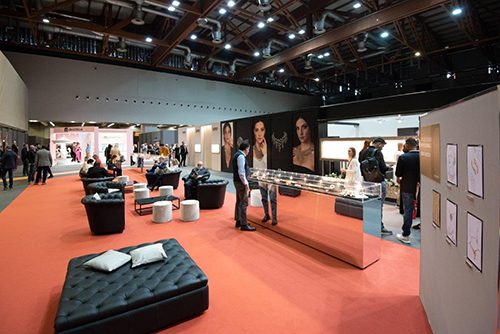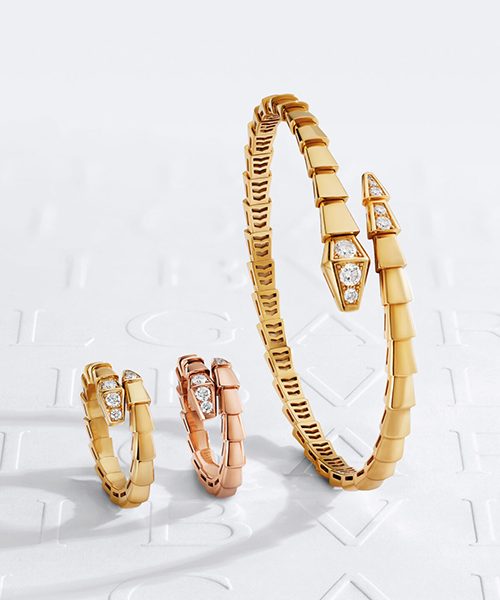
Teal Sapphıres
Wear a piece of the Ocean & the Forest at once
Widely known as teal, this dark cyan-like hue was originally named after the bluish-green stripe around the eyes of an Eurasian duck. In recent years, the gem’s mesmerizing marine hue – reminiscent of serene oceans and the mysterious green of our lands has redefined the jewellery market for unique colored gemstones, capturing the imaginations of consumers especially amongst the millennial and Gen Z. The USA is amongst teal sapphire’s most ardent consumers, followed by Australia, France, UK, and Asia. Public awareness regarding teal sapphires has grown in the last five years and will continue to grow, says Navneet Agarwal, Marketing Manager of Navneet Gems & Minerals Limited Co, a gem manufacturer based in Bangkok.
Bold flashes of soft green mixed with a kiss of blue, teal sapphires have earned various trade names like “Mermaid” sapphire. “Mermaid sapphires are a subset of teal sapphires which have a specific color ratio of 50% blue and 50% green. Mermaid sapphires are the top color of teal sapphires,” says Agarwal. He speculates that this 50-50 color ratio of blue and green may have the potential to scale up in prices like a perfect padparadscha color. “Like padparadscha, each teal sapphire appears to have a unique personality reflected in its color variations.”



The main sources of teal sapphires are Montana, Australia, Madagascar, Ethiopia and Nigeria, all equally important with differences in tone, intensity and brightness.
With the emergence of the alternative bridal market, teal sapphires are providing a new palette for designers and consumers who gravitate towards less popular gems in search of jewels that define their individuality.
There are multiple reasons for their appeal. First, their unique coloring due to a perfect balance of titanium and iron, makes them a more personalised alternative to the traditional blue sapphire engagement ring. Second, compared to top blue sapphires, teal sapphires are much more reasonably priced. Third, besides sharing a color with lagoon tourmaline from Afghanistan, Teal sapphires have greater hardness with 9 on the Mohs scale and higher refractive index, opening up great possibilities for the engagement market.









